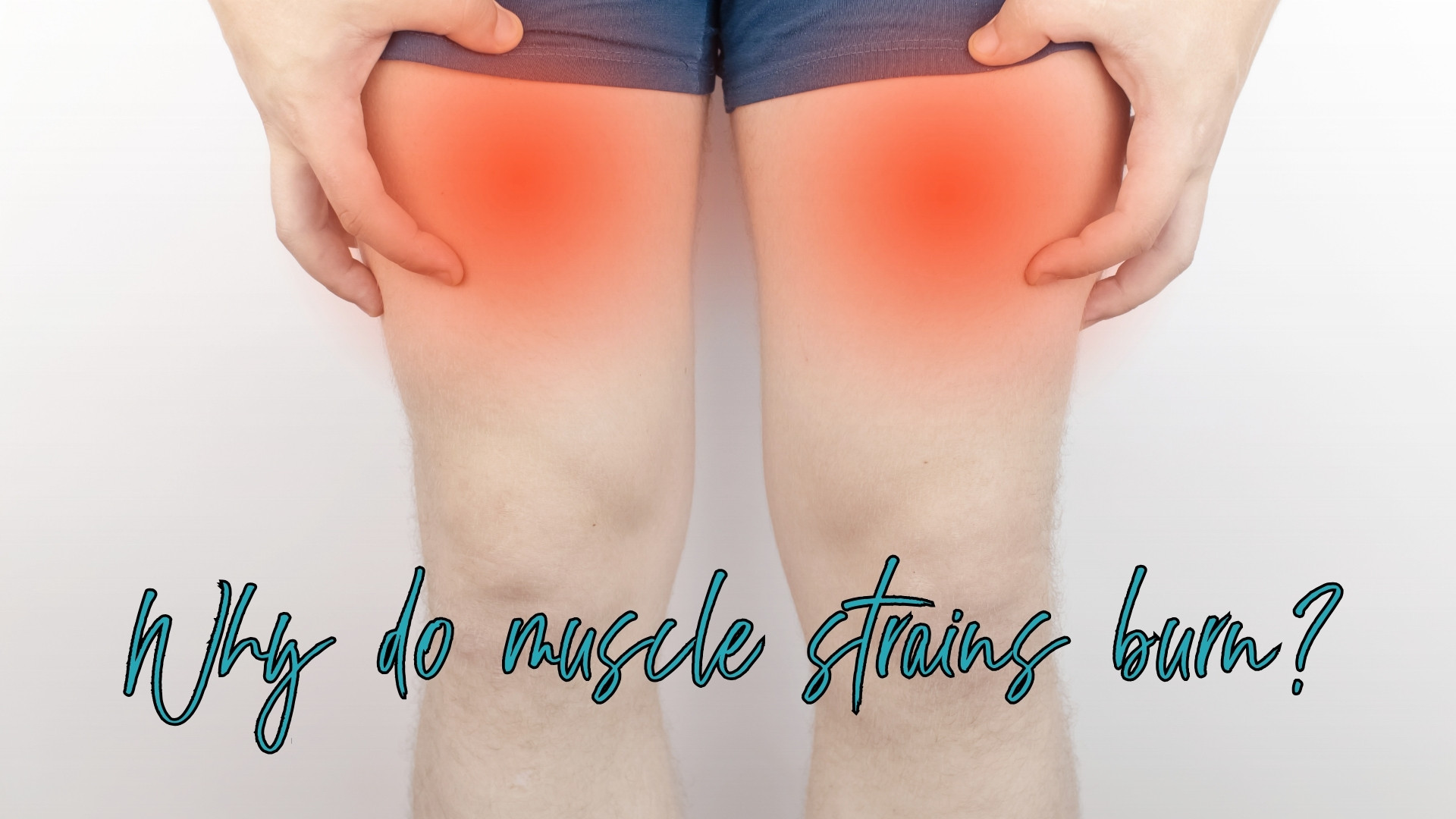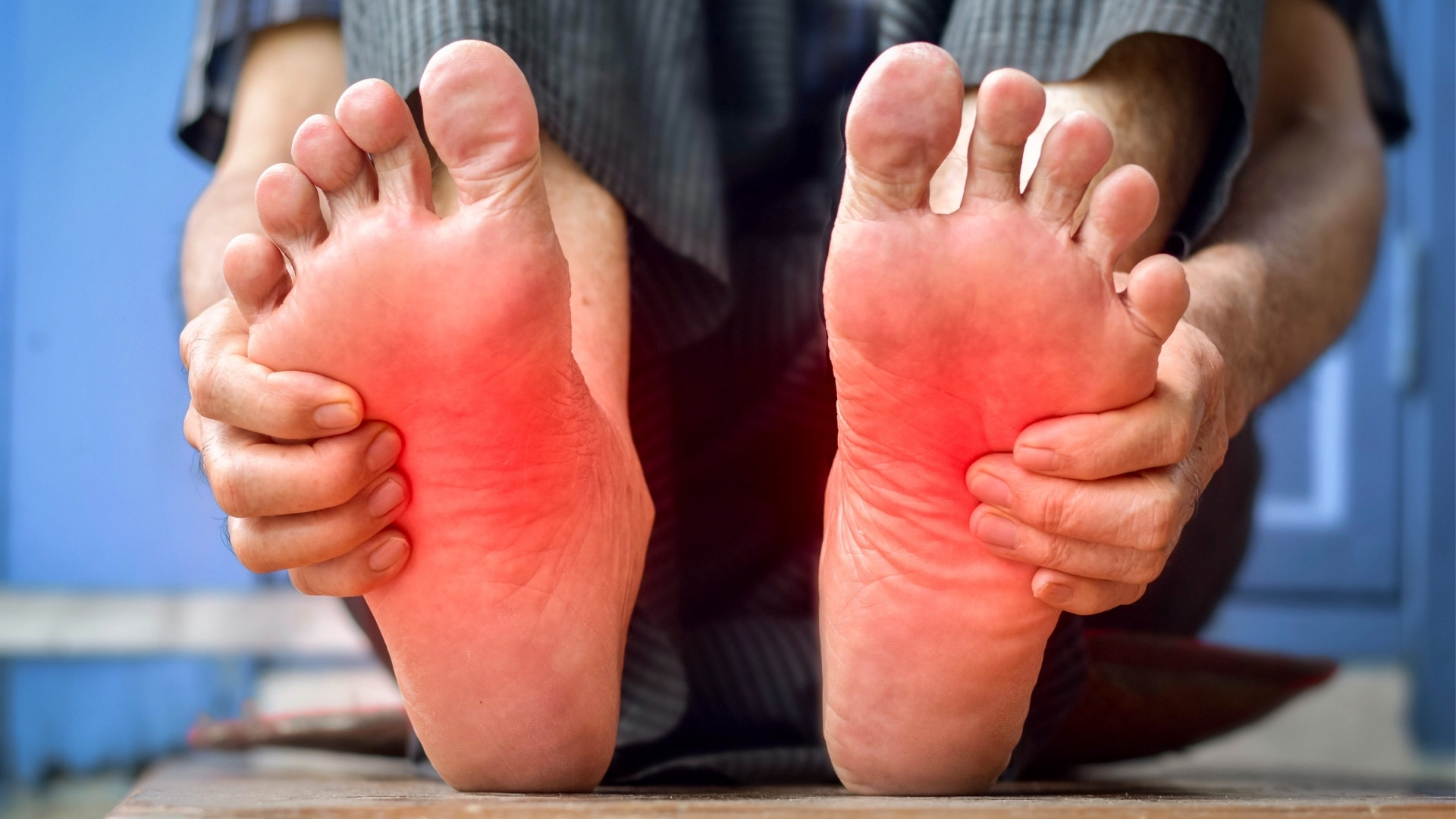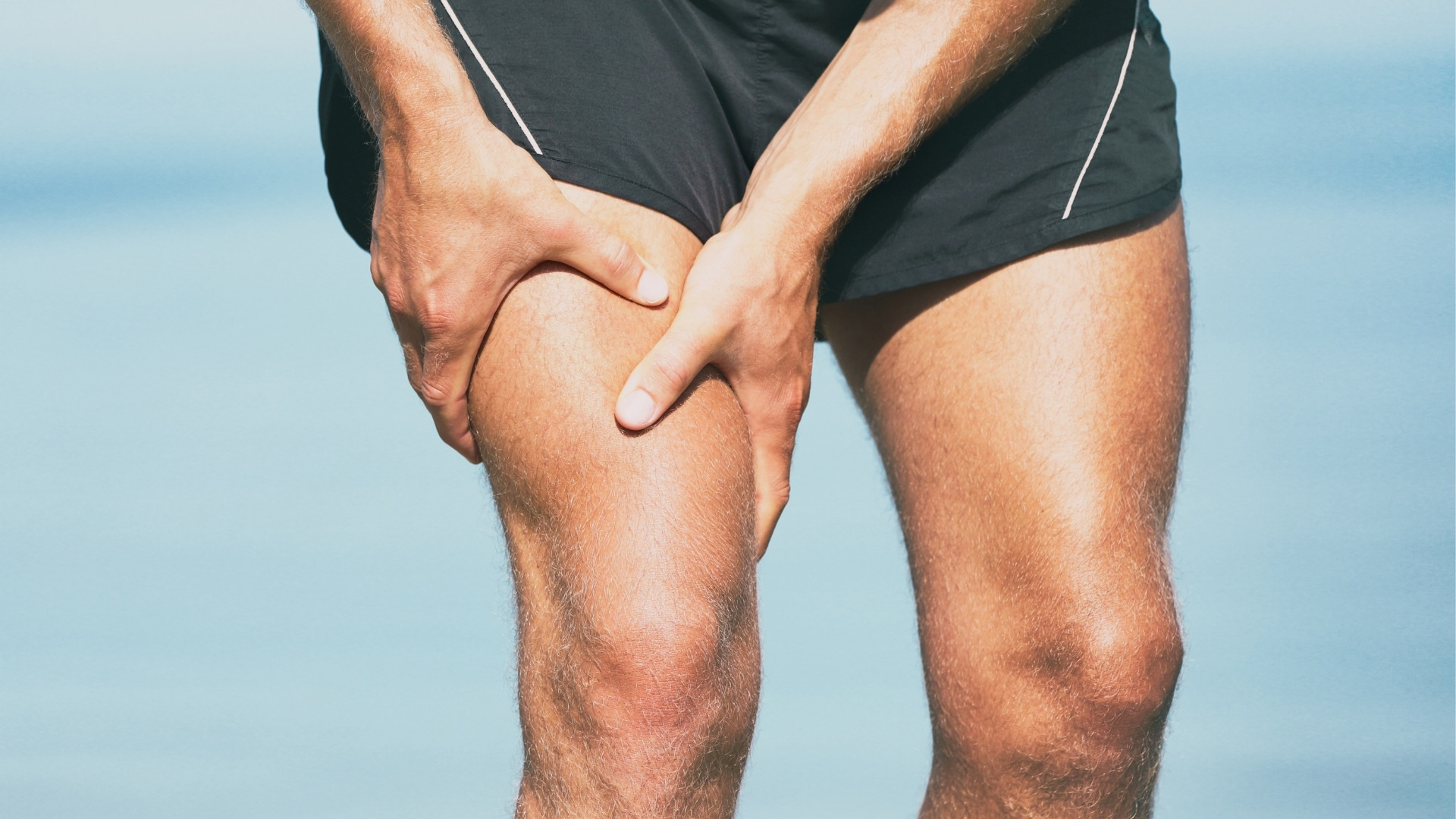
Table of Contents
Have you ever felt a sharp pain in areas such as the knee and ankle, along with a burning sensation and limited movement? It might be due to muscle strain, and burning is part of it.
ANF Therapy®️ is the newest treatment option for muscle strain. It utilises frequency-charged ANF Devices that are applied to the affected areas of your body. It aims to reduce inflammation, strengthen your muscles and address the root cause of the disease.
This blog will explain why muscle strain burns and how to treat it.
Why Do Muscle Strains Burn?
Burning sensation in muscle strain is not a disease, but it is the most common association of muscle strain and your body’s natural response towards the injury. The reasons why muscle strain burns happen are:
1-Microtears in Muscle Fibers
Muscle strain is a clinical condition that occurs when your muscle fibres are overstretched beyond their limitations or torn. These micro tears induce an inflammatory response in your body. In response, your body releases certain chemicals, such as cytokines and prostaglandins. These chemicals stimulate your nerve endings, resulting in burning-like sensations.
2-Increased Blood Flow
When you have a strain on your body, the body sends more blood to the affected area to start the healing process. When the circulation in the affected area is increased, it creates inflammation, resulting in a feeling of tenderness or burning.
3-Lactic Acid Accumulation
If you’ve ever felt a burning sensation in your muscles after an injury, particularly during intense physical activity, lactic acid could be the reason. Naturally, your muscles release lactic acid during exercise as a byproduct of energy production.
When a muscle strain occurs—especially during high-intensity activity—lactic acid begins to accumulate in the muscles. While it’s typically associated with muscle fatigue, this build-up can exaggerate the burning sensation in the strained muscle.

How Does Lactic Acid Contribute to the Burn?
Lactic acid contributes to muscle in the following ways:
Interrupts Muscle Recovery
When you have a strain, your muscles are already under stress and inflamed, and the healing process begins. However, extra lactic acid affects the healing process and exaggerates the symptoms.
Decreased Oxygen Flow
Due to the accumulation of lactic acid, oxygen delivery to the affected muscles is compromised. This can amplify the effect of a burning sensation and make your recovery slower.
Increased fatigue
Strained muscles are weaker and under stress. The accumulation of lactic acid causes fatigue and a burning sensation in the muscles, worsening the injury.
Nerve Irritation
When your muscle fibres are torn, they become inflamed. It also irritates the surrounding nerves, causing burning or tingling-like sensations.

What Does the Burning Sensation Indicate?
The burning sensation is the body’s natural response towards the injury. It indicates the beginning of the healing process in your body. However, it also indicates the severity of the strain. There are three grades of muscle strains:
Grade 1 (mild):
In mild strain, a limited number of your muscle fibres are affected. Range of motion is not affected and is associated with mild pain. Muscle strength is not affected.
Grade 2 (moderate):
In this grade, half of your muscle fibres are torn, which is associated with limited movement and pain. Muscle strength is also affected.
Grade 3 (severe):
In this grade, there is a complete rupture of your muscle fibres associated with severe pain and complete loss of function.
How Long Does the Burning Last?
In most cases, the burning sensation diminishes as the inflammation reduces and the muscle begins to heal. This can take a few days for mild strains, while moderate to severe strains may take several weeks. Persistent burning that doesn’t improve could indicate a more serious issue, such as nerve damage or improper healing, and should be assessed by trained ANF Therapists.
How to manage burning sensation with ANF Therapy®️:
ANF Therapy®️ is an advanced treatment option for non-invasive and drug-free therapy to treat muscle strains. It utilises small ANF Devices that are applied to the affected areas of your body by a trained ANF Practitioner.
Your ANF Therapist will first take your history and do your clinical examination. After that, they will apply different ANF Devices to your body. These devices aim to:
- Reduce inflammation in muscles and nerve
- Increase blood flow
- Strengthen your tendons and muscles
- Reduce muscle stress
- Boost your natural healing process
- Regain your muscle function
Expected outcome:
According to Dr. Mikel H-G Hoff, most patients feel immediate relief from their symptoms and increased muscle function soon after applying ANF Devices. ANF Therapy®️ has treated multiple patients with muscle burns without medication or surgical procedures.
Start your journey with ANF Therapy®️:
If you are feeling a burning sensation associated with muscle strain and limited movement that affects your daily activities, ANF Therapy®️ might be the best solution. It is the newest non-invasive and drug-free treatment that aims to modulate the frequencies in your body. If you or your family member suffer from muscle strains, consult an ANF Practitioner or find an ANF Therapist at www.anftherapy.com/find-clinic to start your treatment with ANF Therapy®️ today!
If you’re a healthcare practitioner and want to enhance your clinical skills with frequency medicine, learn more about the ANF Therapy®️ and ANF Clinical education program by visiting www.anfacademy.com.
How can I manage the burning sensation at home?
Some home remedies help you alleviate the severity of pain, but they are not treatments.
1-Ice therapy:
Ice is a powerful natural remedy for reducing inflammation and soothing discomfort caused by muscle strain. Its anti-inflammatory properties work by constricting blood vessels, which helps minimise swelling and numbs the area to ease the burning sensation. To use ice effectively, wrap it in a cloth to protect your skin from freezing and apply it to the affected area for 15–20 minutes at a time.
2-Rest:
Rest your body and rest your muscles to avoid complications and allow your muscles to heal.
3-Hydration and nutrients:
Staying hydrated and consuming a nutrient-rich diet also aids in muscle recovery.
4-Stretch your muscles:
Gentle stretching can improve blood flow towards the affected area to promote healing.
5-Stay Hydrated:
Water is essential for your body. It helps to remove lactic acid from your body and promote healing.
About ANF Therapy®️
ANF Therapy®️ uses circular ANF Devices, which are applied directly on the skin after palpation and assessment by a trained ANF Therapist following the ANF Therapy®️ Method, Patented Model no. U202030252, ES1259974.
The ANF Therapy®️ purpose is the alleviation of injury and pain within minutes.
Our aim is that the patient experiences a reduction of pain and swelling, an increase in range of motion, and an improvement in quality of life related to health. Non-transdermal, non-invasive device, NO needles or chemicals are used.
Do you need help with your health issues? Have you been experiencing symptoms of muscle strain?
Contact us, and we will explain how we can help you!


